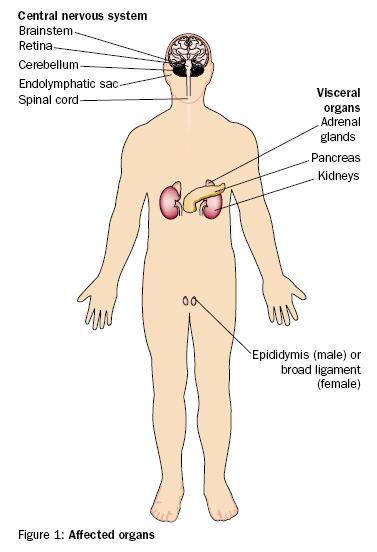Good bye, Myriad. May 13, 2009
Posted by ramunas in cancer genetics.5 comments
 Yes, that happened. A lawsuit against Myriad BRCA patents in USA. The plaintiffs include Breast Cancer Action, The American College of Medical Genetics, the Association for Molecular Pathology, the College of American Pathologists, the American Society for Clinical Pathology, individual researchers, patient advocacy groups, genetic counselors, and individual women. Hey guys, I am with you!
Yes, that happened. A lawsuit against Myriad BRCA patents in USA. The plaintiffs include Breast Cancer Action, The American College of Medical Genetics, the Association for Molecular Pathology, the College of American Pathologists, the American Society for Clinical Pathology, individual researchers, patient advocacy groups, genetic counselors, and individual women. Hey guys, I am with you!
The monopoly that Myriad Genetics now enjoys (at least in USA) due to these patents reduces consumer choice and removes the competitive incentives regarding price, quality assurance, or improvement of the tests (just remember the case with large scale deletions which previous Myriad tests just missed before 2002). In my opinion human gene patents are intrinsically flawed – you can patent a technology and tools (e.g. test) but not a (natural) sequence.
In Europe there was (and still is) strong opposition against Myriad monopoly (alas this year they infringed patents for commercial use in largest European countries).
For those overseas – there are more cheaper testing options available via dedicated networks, like Gendia or Diagnogene.
Today – Von Hippel-Lindau disease Day May 9, 2009
Posted by ramunas in cancer genetics.6 comments
Today is an international Von Hippel Lindau Disease Day. VHL Alliance is the main source of information about this disease and also very active community. Take a look at VHLA Youtube channel.
Von Hippel Lindau is a rare (1:35000) autosomal dominant genetic condition with increased formation of specific vascular tumours (mostly benign) called hemangioblastomas, mostly in eye retina and cerebellum as well as increased risk for renal clear cell carcinomas at young age and sometimes adrenal pheochromocytomas. Multiple pancreatic and renal cysts are common.
 (image from a very informative article in Lancet, 2003)
(image from a very informative article in Lancet, 2003)
The critical management step is an early recognition of VHL with the help of genetic testing what allows presymptomatic identification of persons at risk and target them towards specific surveillance and prompt treatment.
Molecular testing is quite easy – VHL gene has only 3 exons which can be easily sequenced for small mutations. But there is a trick: up to 30-40 percent of mutations are large deletions of entire gene or particular exons, therefore other techniques must be used, like MLPA or real-time PCR. Altogether nearly 100% sensitivity can be reached.
Each case of hemangioblastoma, renal clear cell carcinoma (RCC) or pheochromocytoma before the age of 50, bilateral or multifocal involvement should prompt to genetic testing.
There are lot of efforts for developing targeted cure for VHL – anti-VEGF therapy is one experimental choice. Hopefully other strategies (like modulation of HSPC300 gene activity) will bring some hope for a cure.
On monday I’m organising VHL seminar for doctors at our hospital as well as bringing VHL patients together.













